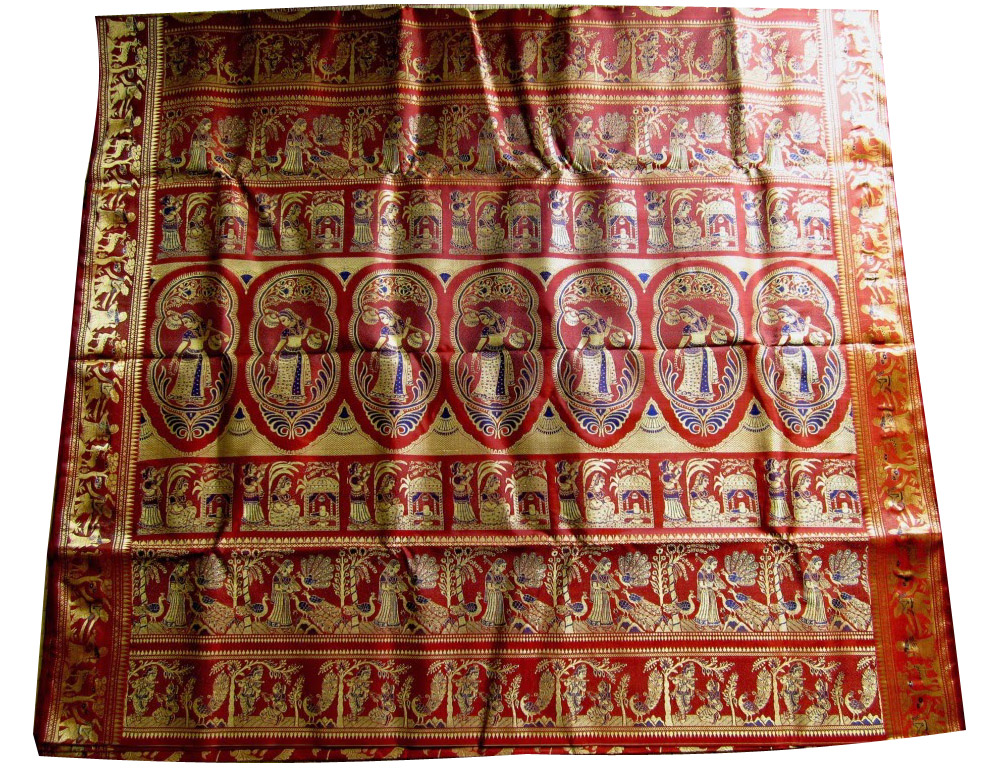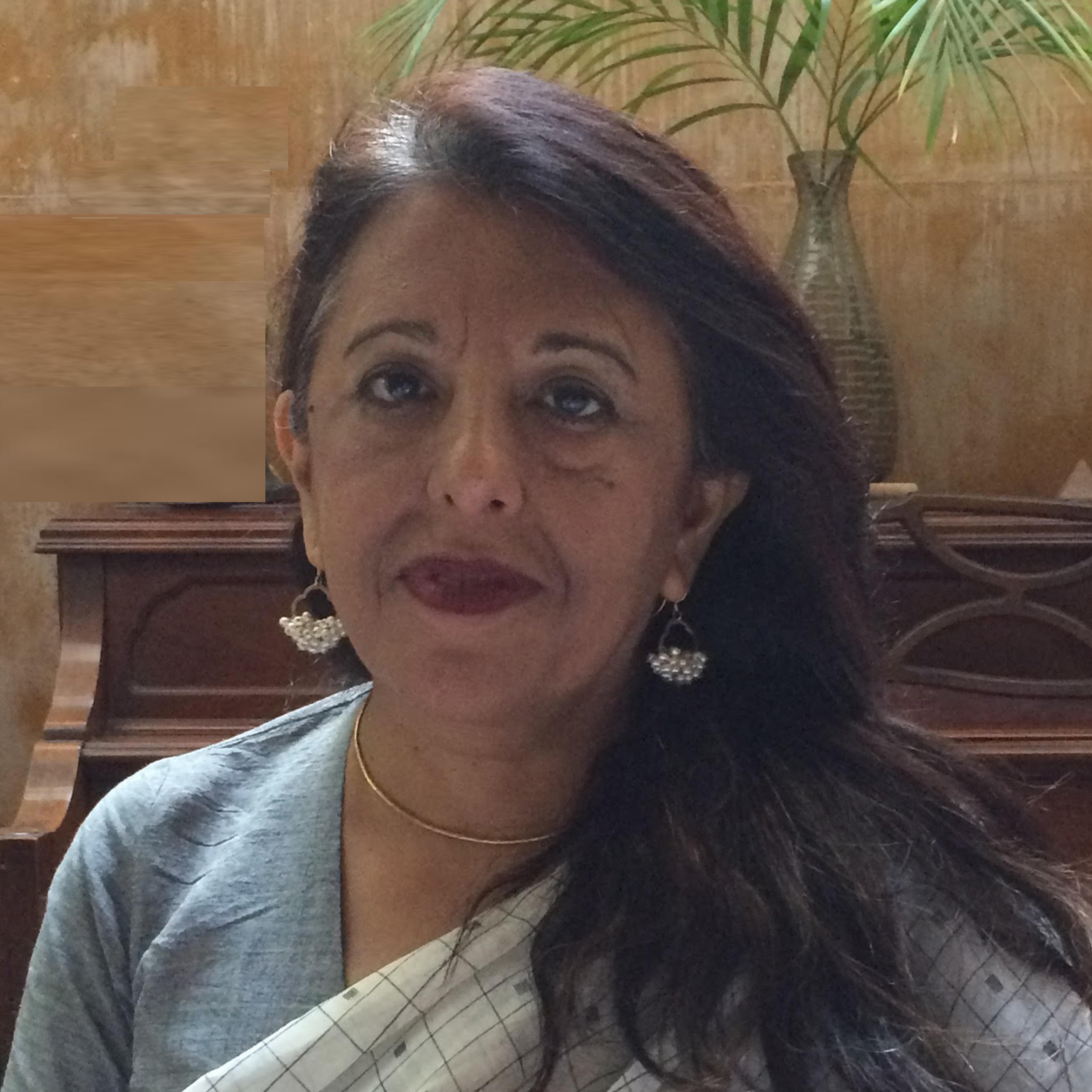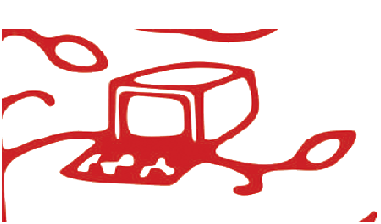
Art history/ Historiography, Crafts, Handlooms, Art
Patterns from History: The Baluchari Weave
Sethi, Dr. Ritu
November, 2018
Through time the visual language of textiles have offered up vital clues to the prevailing social contexts, to ideas of what was desirable and fashionable, to the economy and the body politic that was significant at their time of production and use. Examples abound from the late 16th cwoven VrindavanVastra with its images inspired from the Hindu holy text of the BhagavatPuranand on to today’s graphic t-shirts this widespread means of communication continues to endure. The late 19thcentury pictorial Baluchariweave can be viewed through this prism of history and context with its enduring continuumechoing its past.
Named Baluchar after the place where they originated the silks were also produced in and around Murshidabad, then the capital of Bengal. Woven on the complex structurednaqsha/draw-loom using natural-dyed high twist silk for the warp combined with untwisted silk-floss the patterning was a combination of butis/small florals, geometric motifs and differently sized intricately patterned kalka/paisleys. But what made the saris unique was the patterning developments that took place during the cosmopolitan cultural efflorescence presided over by the ruler MurshidQuli Khan.
The soil from which the Baluchari emerged in Bengal had its roots in the social, politicaland commercial transformations being wrought in its environs. The Bengal of this time was a space of bustling mercantile activity with advances in surface transport that included the introduction of passenger trains that moved goods, people and ideas. This ec...
This is a preview. To access all the essays on the Global InCH Journal a modest subscription cost is being levied to cover costs of hosting, editing, peer reviewing etc. To subscribe, Click Here.



